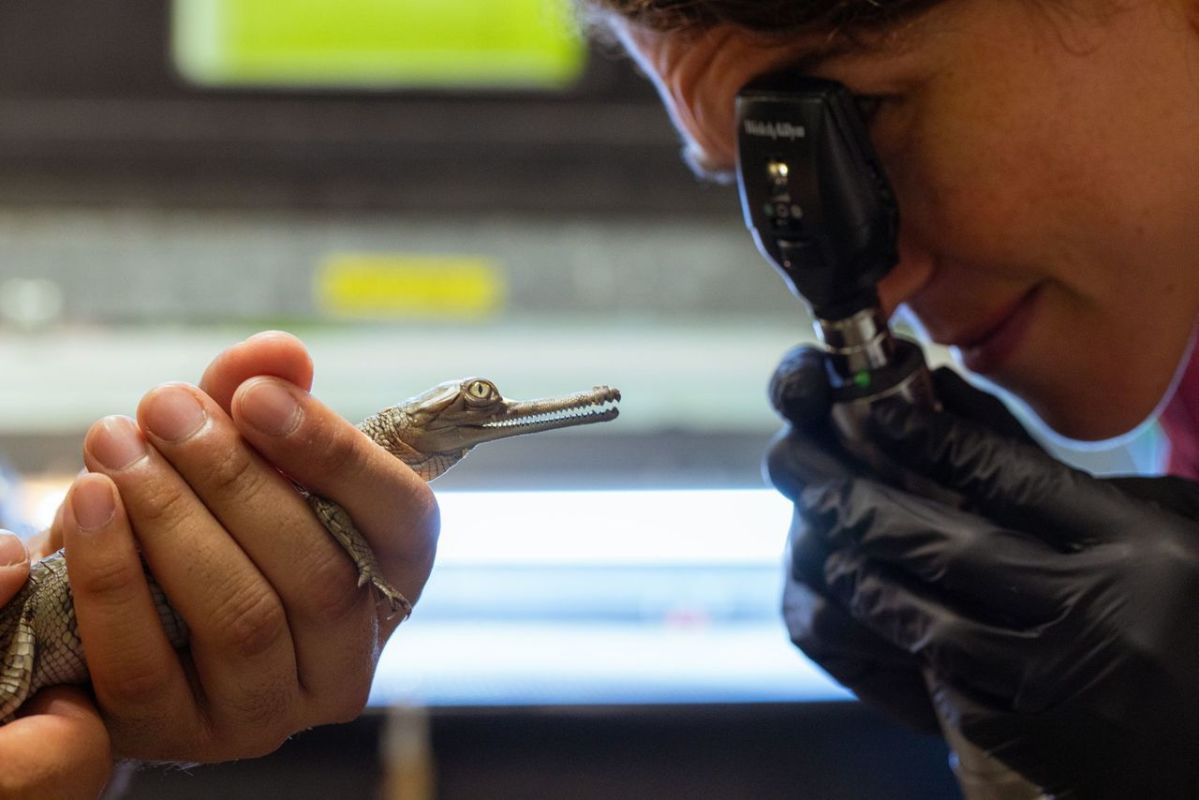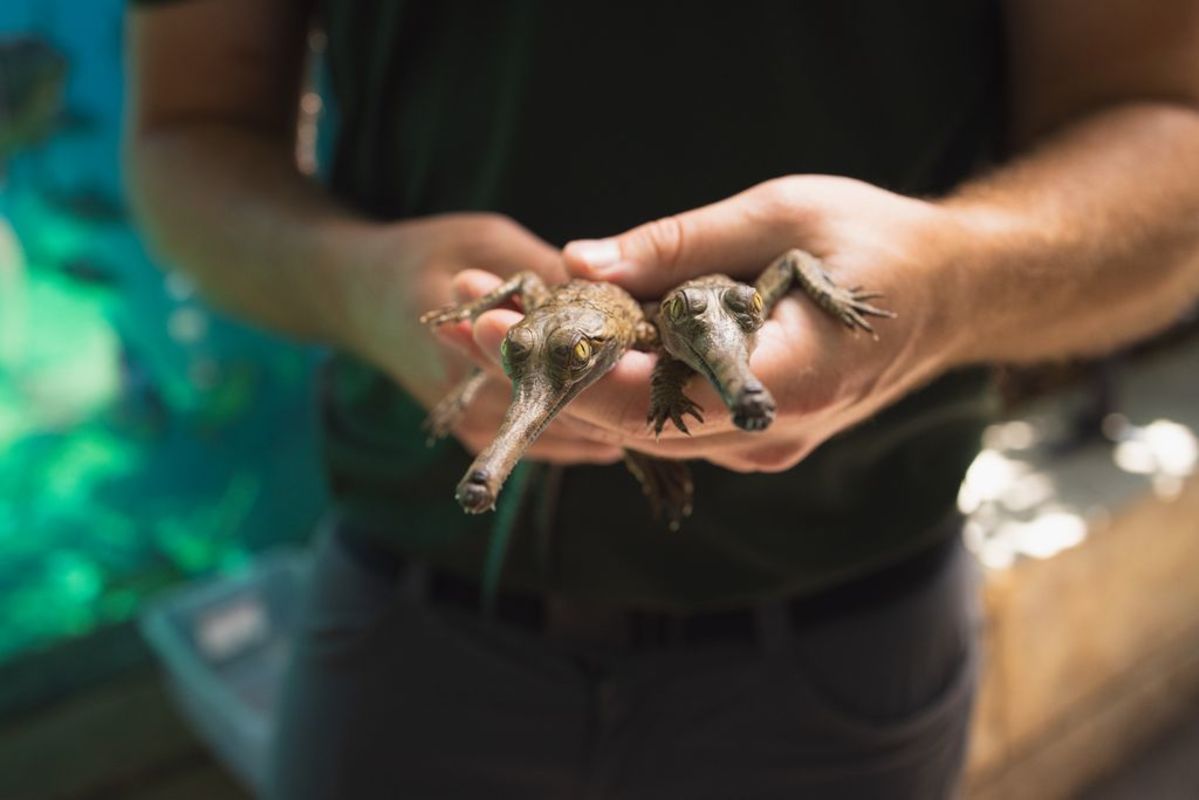Fort Worth Zoois making conservation history AGAIN, celebrating its third consecutive year of successfully hatching the critically endangered gharial crocodile species. With two new hatchlings this summer (they hatched on June 5 and on June 11), the Zoo remains the only facility in North America to achieve back-to-back-to-back breeding success for this rare species, marking a major win for global conservation efforts.
Gharials are listed as critically endangered by the International Union for Conservation of Nature (IUCN), which makes this conservation success even more significant. These hatchlings came from eggs laid by two different females within the zoo’s gharial group, helping to diversify the gene pool of gharials in managed care.

In a press release dated July 10th, Vicky Poole, associate curator of ectotherms at the Fort Worth Zoo shared, “To have continued success for a third year in a row means that in addition to having more of these beautiful and imperiled crocodiles for the future of the species, we are able to further refine our breeding, incubation, and
hatchling husbandry techniques as each year informs us more and more.”
Related: New Tiny Baby Porcupine at Fort Worth Zoo Couldn’t Be More Adorable
More About the Critically Endangered Gharial Crocodile
The gharial is one of the largest crocodilian species, recognized by its long, slender snout that makes it especially skilled at catching fish. Gharials are excellent swimmers and spend most of their lives in cool underwater environments.
While the hatchlings are just over 12 inches long now, they’ll grow quickly, and their snouts will continue to lengthen. Male gharials can reach up to 16 feet in length and weigh nearly 1,500 pounds, while females remain slightly smaller.
Image via Fort Worth Zoo
Sadly, gharials are critically endangered due to habitat destruction, pollution, and river fragmentation, all of which make survival in their native habitats increasingly difficult. Fort Worth Zoo’s efforts not only sustain the species in human care but also play a critical role in diversifying the gene pool and ensuring long-term survival.
If you’re considering a trip to the Zoo to see the babies, you’ll have to wait. As of now, the hatchlings will remain behind the scenes so their growth and development can be monitored. The 2023 and 2024 hatchlings are still behind the scenes as well.
The press release states, “The Zoo is in the process of creating a safe and secure gharial hatchling habitat so that guests can eventually observe the tiny crocs on a visit to the Zoo, but this space is still a work in progress.”

